Skip to content
 The experience area was bustling with people, forming a wall of enthusiasts like myself, mixed with seasoned experts, surrounding two cameras.
This time, Sony didn’t prepare many machines on site, so everyone basically crowded around one machine to take some shots and then had a chance to handle it for a bit, feeling the operability and shooting experience. Unfortunately, since we couldn’t insert cards, there was no actual recording material to take away.
The α7S III is Sony’s latest full-frame mirrorless camera, the newest model in the α7S series, focused on video shooting.
One noticeable change during the experience was the new menu design and touch screen operation, giving a sense of finally catching up with the times, especially since we use touch-screen smartphones daily and it has become second nature.
In practice, the new operating method indeed greatly improved convenience. However, there are still some issues; after all, this 3-inch screen feels a bit cramped compared to a smartphone, and the new menu is still a list format, requiring high precision for finger positioning.
Initially, you might feel the touch control is a bit floaty, but this can be resolved with strong muscle memory, as we have gradually transitioned from small-screen phones. The menu expands in the X-axis direction, making the overall logic better and simplifying the memorization process.
It is worth mentioning that to highlight the video shooting capabilities of the α7S III, Sony prepared two sets of menu settings for photos and videos; the menu options in video mode are somewhat different, which feels quite convenient.
Sony also explained some experience improvements brought by the new system, such as the ability to select an emphasis indicator during video recording, where a red box appears around the screen to indicate that video is being recorded, thus reducing the awkward situation of “thinking you started recording but actually didn’t.” Other new features include flexible exposure modes.
Besides the touch control, after five years of waiting, we finally have a flip screen. The most important point is that it can flip 180°, turning the screen to the front for selfies. If you use this to shoot video, the picture quality should be quite impressive.
According to Sony’s introduction, to ensure that each pixel’s light sensitivity can reach its best, the α7S III does not use pixel merging techniques, so it has a native 12 million pixels. This is a stark contrast to its sibling, the α7R IV, which boasts a high pixel count of 61 million, focusing on photo quality.
However, this back-illuminated full-frame sensor is newly developed, and due to its design and characteristics, it can provide better low-light performance compared to the previous generation. In fact, Sony specially prepared a dimly lit environment with a spotlight stage dance performance, showcasing a significant contrast between light and dark.
Sony demonstrated the image quality through playback and then fully replicated the recording scene from the previous day, allowing attendees to truly experience the video capabilities of the α7S III. Unfortunately, only one camera was available for recording, making us more like spectators than hands-on users.
Since it has a native resolution of only 12 million pixels, this camera cannot support 6K and 8K video specifications; instead, it focuses entirely on achieving excellent 4K video.
The shooting capabilities were already summarized in the article from the press conference two days ago, such as achieving a maximum of 4K 120fps video recording and 1080P 240fps in two high frame rate modes, using the latest XAVC-SI encoding. The jelly effect suppression capability has also been improved to three times that of the α7S II. It supports S-Log2 and S-Log3 mode shooting, with ISO starting at 640 when S-Log is enabled, expandable to ISO 160. The overall shooting can achieve a dynamic range of 15 stops.
Other features include the new generation Eye-AF eye control focus and the 5-axis stabilization system used in the α7 fourth generation body.
Sony also emphasized at the communication meeting that a new body cooling method has been adopted, so there are no significant overheating limit protections. It can record 4K 60fps 10bit 4:2:2 All-I specifications for over 60 minutes until the battery runs out. The 4K 120fps 10bit 4:2:2 All-I fills the second memory card after recording for 30 minutes.
However, it seems that Sony is playing with words here, as they did not clearly state that it can record completely without limits. Given the limited time for on-site experience and the inability to insert cards, this could not be practically verified.
The α7S III uses the NP-FZ100 battery, which shows a significant improvement in battery life compared to the NP-FW50 used in the α7S II. According to official data, the α7S III can achieve 600 shots and 95 minutes of video shooting endurance.
The left side of the body has a full-size HDMI port, which offers better compatibility and stability compared to the mini version, as well as a USB-C port, a micro-USB port, and a 3.5mm headphone microphone port.
Both ports can charge, but the USB-C port supports PD fast charging, with speeds close to that of a dock. It can also connect various adapters, such as connecting an Ethernet cable through an adapter.
The right side features a brand new CFexpress Type A dual card slot design, which supports SD cards and is also compatible with the newly launched CFexpress Type A storage cards, with speeds around 700-800MB/S, though they are quite expensive.
Due to the inability to insert cards and limited experience time, everyone on-site focused on the controllability. The main concerns were whether the flip screen is user-friendly, the feel and response speed of the touch screen, and subtle changes in handling.
Unfortunately, at this point, you may have seen that some foreign YouTube channels have already released detailed experience videos of the α7S III. Today’s on-site experience didn’t quite satisfy the craving. Including the previously announced official price for the Chinese version, it was directly revealed at the press conference.
However, it basically confirms previous estimates that this is a “camera focused on producing excellent 4K video,” especially excelling in low light and high dynamic range environments, making its position quite evident with 57 E-mount lenses.
Finally, here are the prices for the α7S III and CFexpress Type A storage cards:
α7S III body only: 23999 yuan 80GB storage card: 2199 yuan 160GB storage card: 4199 yuan card reader: 1399 yuan
The experience area was bustling with people, forming a wall of enthusiasts like myself, mixed with seasoned experts, surrounding two cameras.
This time, Sony didn’t prepare many machines on site, so everyone basically crowded around one machine to take some shots and then had a chance to handle it for a bit, feeling the operability and shooting experience. Unfortunately, since we couldn’t insert cards, there was no actual recording material to take away.
The α7S III is Sony’s latest full-frame mirrorless camera, the newest model in the α7S series, focused on video shooting.
One noticeable change during the experience was the new menu design and touch screen operation, giving a sense of finally catching up with the times, especially since we use touch-screen smartphones daily and it has become second nature.
In practice, the new operating method indeed greatly improved convenience. However, there are still some issues; after all, this 3-inch screen feels a bit cramped compared to a smartphone, and the new menu is still a list format, requiring high precision for finger positioning.
Initially, you might feel the touch control is a bit floaty, but this can be resolved with strong muscle memory, as we have gradually transitioned from small-screen phones. The menu expands in the X-axis direction, making the overall logic better and simplifying the memorization process.
It is worth mentioning that to highlight the video shooting capabilities of the α7S III, Sony prepared two sets of menu settings for photos and videos; the menu options in video mode are somewhat different, which feels quite convenient.
Sony also explained some experience improvements brought by the new system, such as the ability to select an emphasis indicator during video recording, where a red box appears around the screen to indicate that video is being recorded, thus reducing the awkward situation of “thinking you started recording but actually didn’t.” Other new features include flexible exposure modes.
Besides the touch control, after five years of waiting, we finally have a flip screen. The most important point is that it can flip 180°, turning the screen to the front for selfies. If you use this to shoot video, the picture quality should be quite impressive.
According to Sony’s introduction, to ensure that each pixel’s light sensitivity can reach its best, the α7S III does not use pixel merging techniques, so it has a native 12 million pixels. This is a stark contrast to its sibling, the α7R IV, which boasts a high pixel count of 61 million, focusing on photo quality.
However, this back-illuminated full-frame sensor is newly developed, and due to its design and characteristics, it can provide better low-light performance compared to the previous generation. In fact, Sony specially prepared a dimly lit environment with a spotlight stage dance performance, showcasing a significant contrast between light and dark.
Sony demonstrated the image quality through playback and then fully replicated the recording scene from the previous day, allowing attendees to truly experience the video capabilities of the α7S III. Unfortunately, only one camera was available for recording, making us more like spectators than hands-on users.
Since it has a native resolution of only 12 million pixels, this camera cannot support 6K and 8K video specifications; instead, it focuses entirely on achieving excellent 4K video.
The shooting capabilities were already summarized in the article from the press conference two days ago, such as achieving a maximum of 4K 120fps video recording and 1080P 240fps in two high frame rate modes, using the latest XAVC-SI encoding. The jelly effect suppression capability has also been improved to three times that of the α7S II. It supports S-Log2 and S-Log3 mode shooting, with ISO starting at 640 when S-Log is enabled, expandable to ISO 160. The overall shooting can achieve a dynamic range of 15 stops.
Other features include the new generation Eye-AF eye control focus and the 5-axis stabilization system used in the α7 fourth generation body.
Sony also emphasized at the communication meeting that a new body cooling method has been adopted, so there are no significant overheating limit protections. It can record 4K 60fps 10bit 4:2:2 All-I specifications for over 60 minutes until the battery runs out. The 4K 120fps 10bit 4:2:2 All-I fills the second memory card after recording for 30 minutes.
However, it seems that Sony is playing with words here, as they did not clearly state that it can record completely without limits. Given the limited time for on-site experience and the inability to insert cards, this could not be practically verified.
The α7S III uses the NP-FZ100 battery, which shows a significant improvement in battery life compared to the NP-FW50 used in the α7S II. According to official data, the α7S III can achieve 600 shots and 95 minutes of video shooting endurance.
The left side of the body has a full-size HDMI port, which offers better compatibility and stability compared to the mini version, as well as a USB-C port, a micro-USB port, and a 3.5mm headphone microphone port.
Both ports can charge, but the USB-C port supports PD fast charging, with speeds close to that of a dock. It can also connect various adapters, such as connecting an Ethernet cable through an adapter.
The right side features a brand new CFexpress Type A dual card slot design, which supports SD cards and is also compatible with the newly launched CFexpress Type A storage cards, with speeds around 700-800MB/S, though they are quite expensive.
Due to the inability to insert cards and limited experience time, everyone on-site focused on the controllability. The main concerns were whether the flip screen is user-friendly, the feel and response speed of the touch screen, and subtle changes in handling.
Unfortunately, at this point, you may have seen that some foreign YouTube channels have already released detailed experience videos of the α7S III. Today’s on-site experience didn’t quite satisfy the craving. Including the previously announced official price for the Chinese version, it was directly revealed at the press conference.
However, it basically confirms previous estimates that this is a “camera focused on producing excellent 4K video,” especially excelling in low light and high dynamic range environments, making its position quite evident with 57 E-mount lenses.
Finally, here are the prices for the α7S III and CFexpress Type A storage cards:
α7S III body only: 23999 yuan 80GB storage card: 2199 yuan 160GB storage card: 4199 yuan card reader: 1399 yuan

 If you like this article, click here
If you like this article, click here

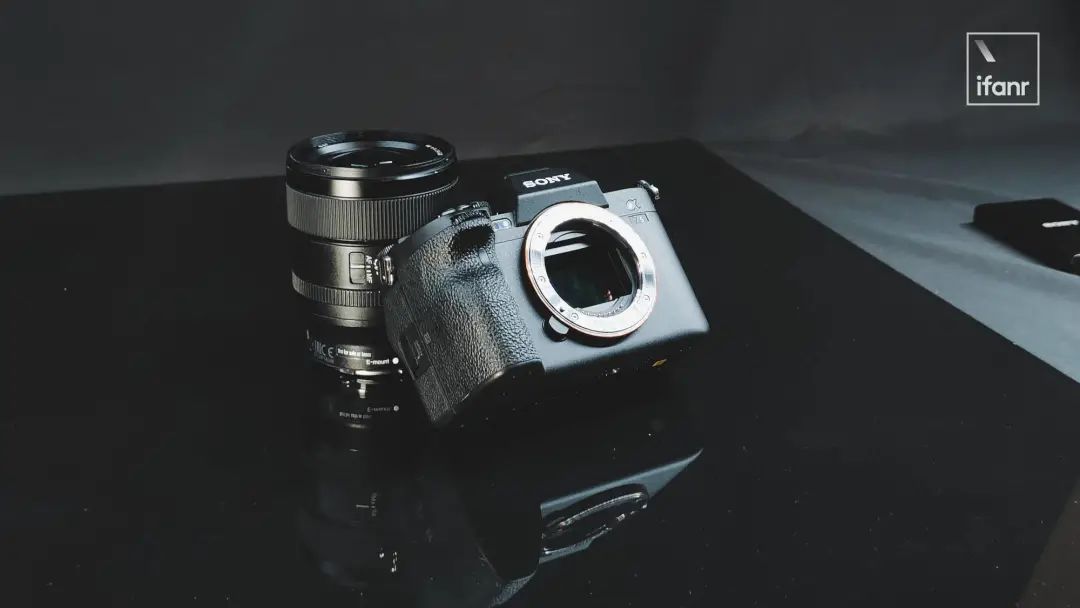

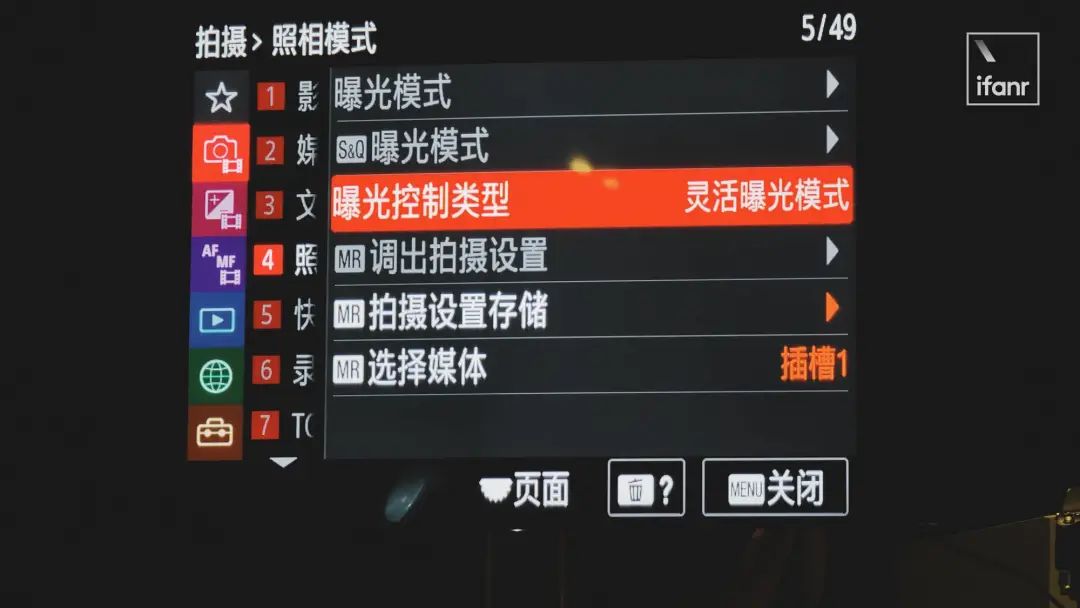
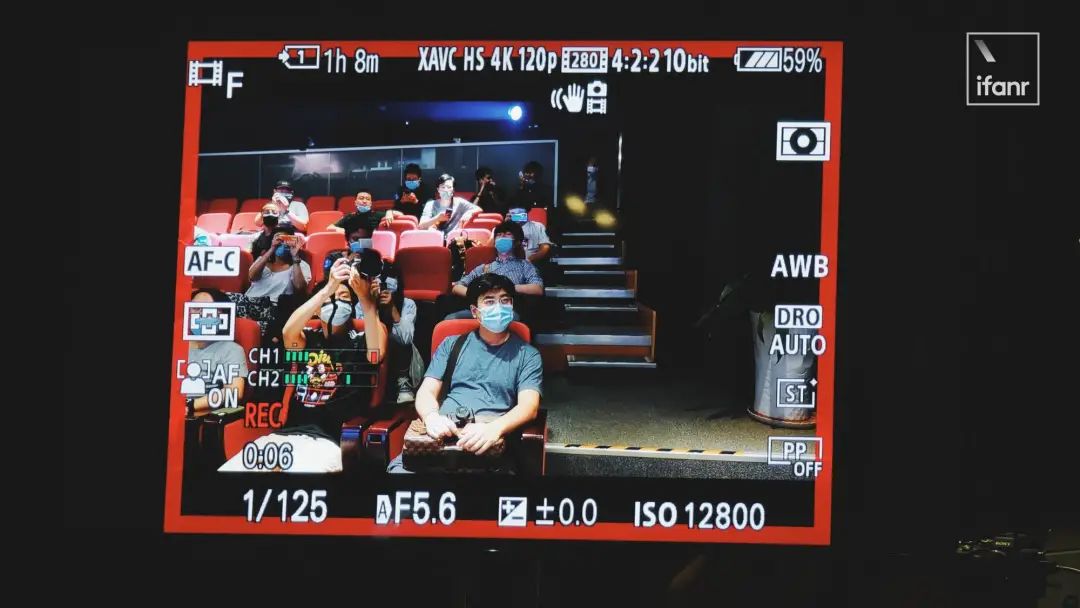
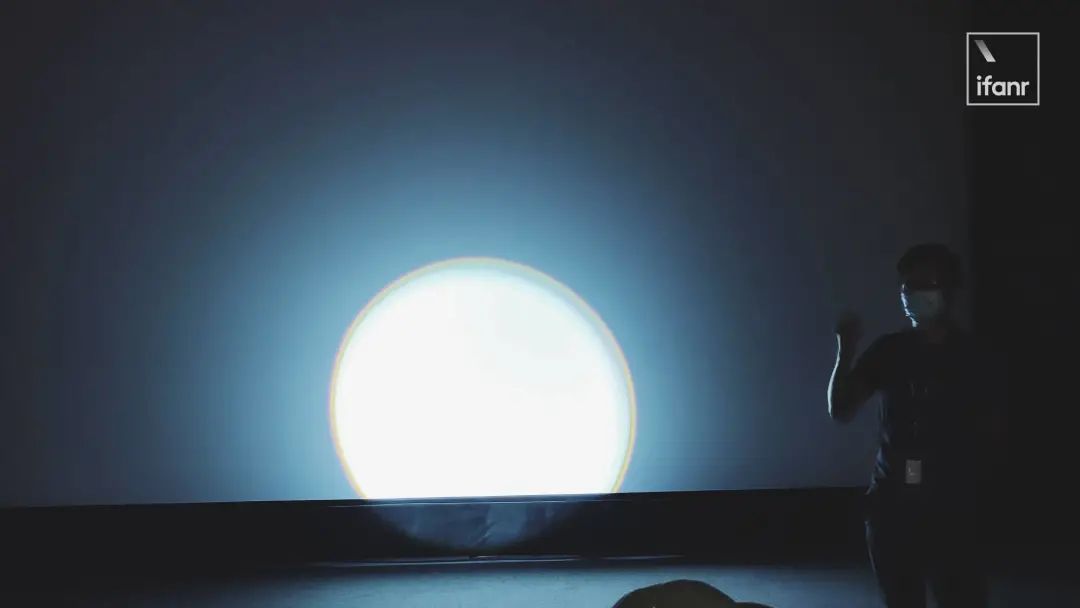
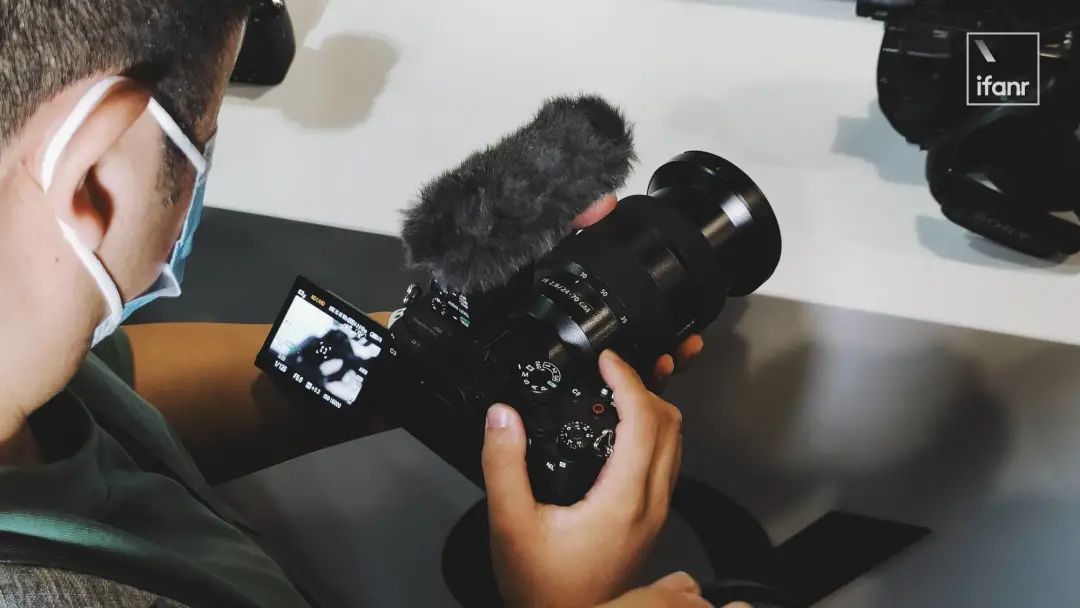
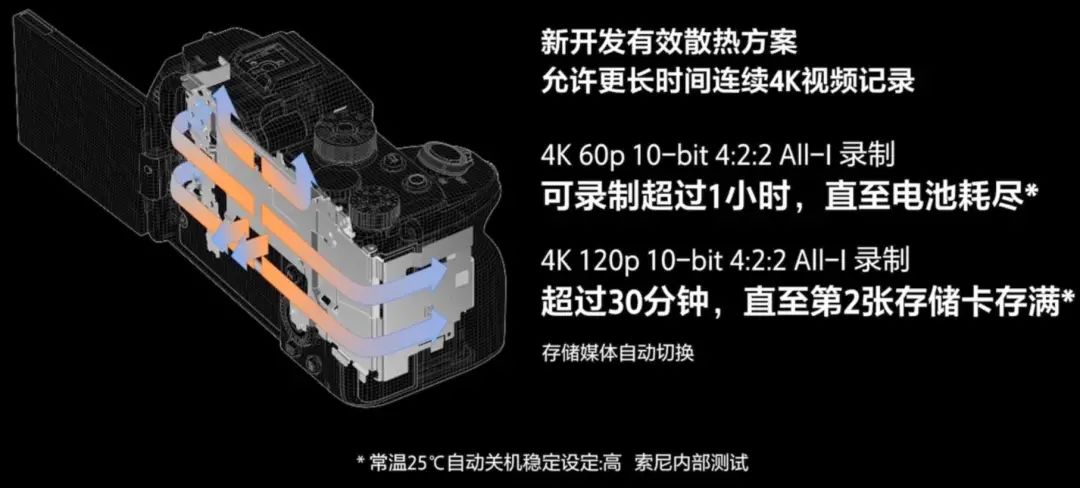


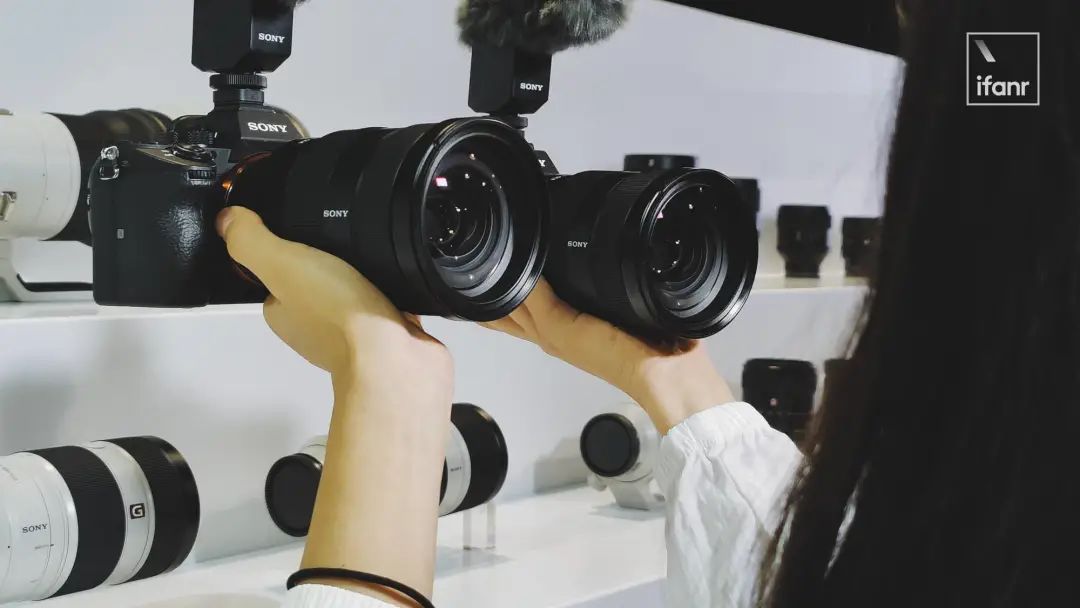

 If you like this article, click here
If you like this article, click here











 If you like this article, click here
If you like this article, click here